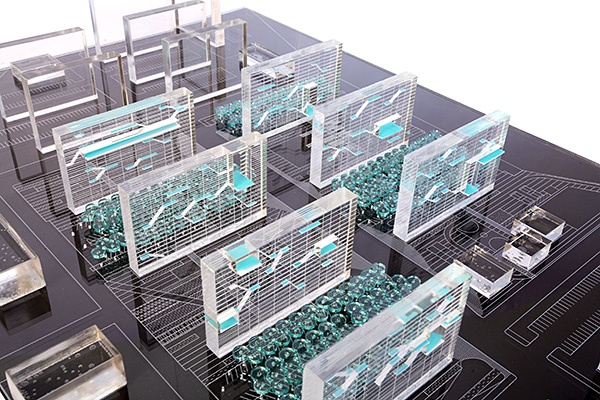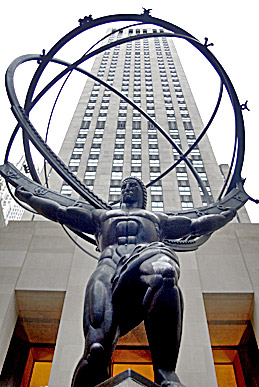 Replacing human beings with robots is a hot topic in economics these days. Accelerating advances in artificial intelligence and robotics are giving rise to predictions that entire categories of employment are doomed to be automated, including many that are considered skilled. What about architects?
Replacing human beings with robots is a hot topic in economics these days. Accelerating advances in artificial intelligence and robotics are giving rise to predictions that entire categories of employment are doomed to be automated, including many that are considered skilled. What about architects?
There have been several periods in history when technology has put people out of work by taking over their jobs. Mechanized looms destroyed the cottage hand weaving industry in the early 1800’s, resulting in riots in England. Trains and cars replaced horse-drawn carriages, throwing untold numbers of people employed in carriage-making, parts of agriculture, stables and post houses out of work. In architecture, the introduction of computer-aided drafting threatened the jobs of draftsmen. In every instance, however, the new technologies created new jobs and increased the productivity, and therefore the value, of workers. Many economists think the situation we face now is different.
Many studies have been done to try to assess the likely impact of AI and robotics on a wide range of jobs. All of them that I’ve seen assume that jobs that require creativity cannot be easily automated, and architects fall into this category. Other telltales of jobs that resist automation are a need for negotiation, helping others personally and fitting into small spaces, all of which describe the work of most architects. We seem to be safe.
But are we?
All of these studies evaluate jobs as they are currently defined. They don’t consider how a given job could be redefined to make it more easily automated. Take architecture. Almost all buildings are now unique and must be designed one at a time. It’s part of our ideology that each design problem should be considered one its own terms and that valid design solutions are specific to a particular site, program and client. This is expensive and time-consuming and results in expensive and time-consuming construction. Unique designs mean unique pieces of construction that require extensive negotiation among the parties and create uncertainty as to their ultimate cost. Our clients would clearly benefit financially if the process could be automated to require less time and manpower and entail less uncertainty. BIM and other technologies may increase the industry’s productivity and reduce uncertainty to some degree, but as long as buildings are and must be unique, the process can’t be fundamentally changed. But what if buildings were not unique, or more precisely, uniqueness itself were redefined?
What if our clients decided that they were willing to sacrifice some of the creativity architects bring to their buildings in exchange for a radically streamlined design and construction process? What if buildings could still be responsive to a client’s specific needs without months of design and a long, uncertain period of construction?
Expert systems are already being constructed in many fields (including ours) that search databases of previous case studies and employ algorithms that take into account many variables to come up with solutions that work for a specific problem. Parametric design techniques are being used to improve building performance. For building categories like housing that tend towards a few typical designs, the task is even easier.
Architects’ jobs can be automated if design is defined as satisfying performance goals.
This is a problem computers can solve faster and better than we can. Many architects are already going down this path. Some have the explicit goal of improving building performance. In itself, this is all well and good, but market logic will take it further than they realize. Even architects who are using these tools to invent new processes and create novel objects and spaces are unwittingly enabling the market to redefine architecture so it can dispense with architects. If the market can replace labor with machines, it will.
The weavers entered the history books in 1826. What will be the year that history looks back on and says, “there went the architects”?
